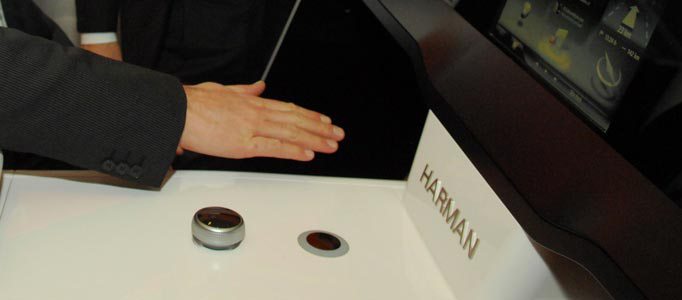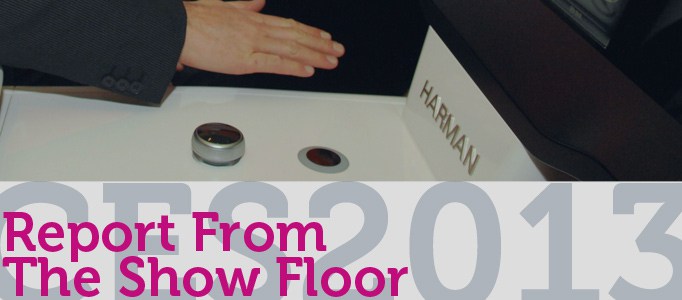If you saw or read any ‘gadget’ news reports earlier this month it’s a fair bet the story came from the annual Consumer Electronics Show (CES). For four days every January, the entire technology industry descends on Las Vegas to unveil ever more advanced and feature-packed TVs, computers, phones, cameras, fridges and a host of other things you didn’t know you needed. CES is like nothing else I’ve ever attended; more than 3,000 exhibiting companies, 150,000 delegates and no general public. It makes a premier league motor show such as Frankfurt seem like a village fete.
Hall after hall is packed with new gadgets. But as motorists demand more of them in their cars – and the ‘connected’ technology from them – CES is becoming increasingly important as a networking event for the automotive world.
Eight big-name car makers attended this year. That’s up from five last year and will inevitably be higher in 2014. Key suppliers were also present, the likes of Delphi, Bosch and Visteon. However, the one with the biggest news was Harman, an audio and infotainment developer which revealed not one but two impressive world-first in-car technologies.
The most eye-catching is a new type of sat-nav. Traditionally they’ve relied on computer-generated images on a dashboard screen to show drivers a route. But Harman’s innovation projects a picture on to the inside of the car’s windscreen. So-called ‘head-up displays’ are common in luxury cars now, but only show very basic sat-nav instructions. Harman’s system features ‘augmented reality’ so the electronic image reacts in real time to the read ahead. It means if you need to take a particularly motorway exit, the image is superimposed over where you need to go and adapts as you get closer. Check out the picture, which is what the driver would see. The blue arrow snakes around so it always points to the exit, no matter how near or far the car is from it. Harman says this technology will be seen on production cars within two years.

The company’s second big announcement was ‘gesture recognition’ technology. Want to turn the car radio volume up? Simply hold your hand over a sensor built into the centre console near the gearstick and raise your arm. To mute the music ‘double tap’ over the sensor. In the photo, a demonstrator booth using a BMW interior, the sensor is the circular button ahead of the iDrive controller.

Harman believes gesture recognition is the way forward when it comes to how drivers control all the new features coming to their cars. It argues that to be safe, motorists need to keep their eyes on the road ahead for as much time as possible, and a quick and intuitive wave of the hand will help do that.
Harman is working with a number of car companies to get this innovation into new vehicles very soon. While bosses won’t say who its clients are, gesture recognition is going to be available as an optional extra within a couple of years.
Another clever idea – one that’s a lot cheaper to develop and install in cars, and will be with us later this year – is wireless charging. So rather than have a twisted bundle of power cables cluttering up your cabin, you just dump your phone, tablet computer or aftermarket sat-nav in a cubby hole or door bin and the magic of magnetic induction means it automatically charges.
My money is on building the technology into the front seat head rests. It means kids in the back could watch endless movies on the trip to Grandma’s and the iPad battery would always remain fully charged. Now that’s genius.





 Facebook
Facebook Twitter
Twitter Instagram
Instagram LinkedIn
LinkedIn Youtube
Youtube